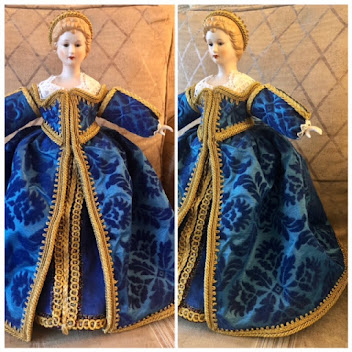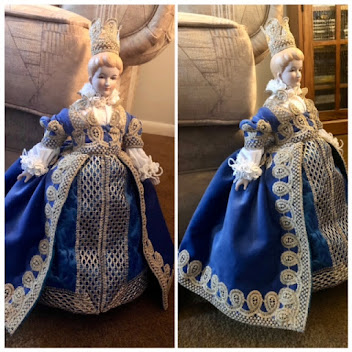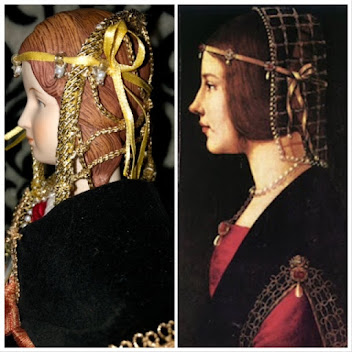Nature Forging a Baby, from the Roman de la Rose
Low Countries, 1490- 1500
This small painting of Nature fashioning a baby on an anvil is one of ninety-four total miniature illuminations in a late medieval Belgian manuscript of the Roman de la Rose made for Engelbert II, Count of Nassau and Vianden. The Roman de la Rose is an allegorical poem in two sections; in 1230 Guillaume de Lorris composed the first part of the poem, which tells of a courtier’s attempts to seduce his lover within a walled garden, and in 1275 Jean de Meun contributed a lengthy second section to the poem that focused primarily on a learned, allegorical dream sequence with discussions among Genius, Art, and Nature. The Roman de la Rose proved wildly popular from its debut to the sixteenth century; over 300 manuscripts survive. The poem’s quite physical language and often sensual content were also controversial and the Roman de la Rose invited critique from notable intellectuals of the fourteenth and fifteenth centuries, including Christine de Pizan. The figure of Nature in particular features prominently within Jean de Meun’s addition to the poem. In her interactions with Genius and Art, Nature calls attention to her role as the source of creation and regeneration in the world. In this illustration, Nature appears in the guise of a smith who forges new life from lifeless matter, represented by the macabre fragments of infant bodies in the picture’s bottom-left corner. She appears dressed in a clean gown, skirt, and apron, which may allude to Nature’s insistence upon the purity of her craft as opposed to the artifice of Art’s trade. Her long hair and jeweled headdress may be intended to convey her authority. Though this particular representation of Nature shows her forging human babies, other instances of the motif from copies of the Roman de la Rose depict Nature forging all types of life, including birds, plants, and reptiles.
Although I am certain most of the art I will be finding will have light skinned depictions, as these were basis of power and influence at the time. The affluent were kept out of the sun showing they did't need to work outside. Lets keep in mind that there are lots of everyday people who have darker tones working away in medieval life. I found out some interesting information from a friend, that within modern Latin cultures light skin is still prized and preferred. Sounds like we all have a long way to go to accept ourselves as who we are and especially the skin tones as given by nature.
Still looking forward to finishing the Dastardly Doll Project, she has red hair so going to work on a slightly sun kissed and freckles, as both would be medieval undesirable. I am hoping this will give a life like look as compared to a court pallor. These clothing is more gentry like, high merchant, low noble status so lets be real with the skin. Hoping to make more posts with progress soon.
I am hoping to get working on the Mass Medieval Doll project after the Dastardly Doll Project is complete.
So stay tuned for some dolly goodness,
Mairin






No comments:
Post a Comment